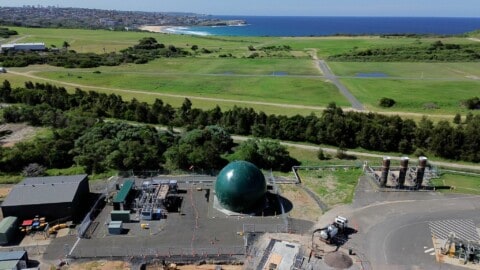Federal Assistant Minister for Defence Michael McCormack has announced a new water treatment plant for Williamtown, to treat water contamination that occurred in early 2016 due to runoff from the nearby RAAF Base.
Defence will fund the operation of the $9million water treatment plant, which will treat the water leaving Lake Cochran to ensure that perfluorooctane sulfonate (PFOS) and perfluorooctanoic acid (PFOA) levels are below the adopted drinking water screening criteria.
Lake Cochran consists of a mix of groundwater and surface water runoff from across the RAAF Base which has been found to contain PFOS and PFOA.
The plant will treat water from Lake Cochran before it leaves the base and flows into Dawsons Drain.
“The installation of a water treatment plant is an important interim step while Defence continues to investigate long-term remediation options for Lake Cochran,” Mr McCormack said.
“An expression of interest for the long-term remediation of Lake Cochran will be released to industry in July.
“The Member for Paterson, Bob Baldwin, has argued consistently that cleaning up Lake Cochran needs to be part of the solution and the Government has been considering the available options to get this done.
“Once the necessary materials arrive from Europe, it is expected the plant will be up and running in September.
“These steps are being taken now after extensive testing and careful consideration of water remediation techniques to ensure an effective methodology with a proven solution is adopted.”
Defence is also carrying out a Stage 2B Environmental Investigation at Williamtown, which includes the development of a Human Health Risk Assessment and Ecological Risk Assessment.
In accordance with the National Environmental Protection (Assessment of Site Contamination) Measure 1999, Defence has collected more than 900 samples of groundwater, surface water, soil, sediment and biota in and around RAAF Base Williamtown as part of the environmental investigation.
To date, PFOS and PFOA have not been detected in 80 to 90 per cent of the samples that have been taken across the investigation area that was originally declared by the NSW Environment Protection Authority.
“Most people living in developed nations have some PFOS and PFOA in their systems as these compounds have also been used in common household products and industrial applications,” Mr McCormack said.
“It is also important to note, the enHealth guidance statement states there is currently no consistent evidence that exposure to PFOS and PFOA causes adverse human health effects.”













